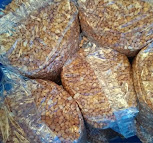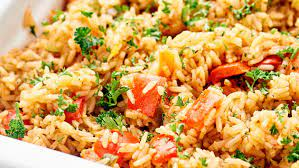Beans as Protein
Is Beans Protein?
Any molecule that is composed of carbon, hydrogen and oxygen
can be referred to as a carbohydrate in nature, provided no other elements or
molecules are attached to it. In other words, C6H12O6
stands for the simplest carbohydrate (glucose), while C2H5OH
is the simplest alcohol; the presence of a hydroxyl ion has affected this
molecule.
Once another element is introduced into the carbohydrate
molecule, it becomes something different; for example, protein has Nitrogen in
addition to Carbon, Hydrogen and Oxygen. There are two main types of protein:
Fibrous and Globular.
Beans, a popular food that has always been classified as
protein, is now being labelled as carbohydrate, identifying as proteins. Those under this illusion
say that the percentage of protein in beans is not high enough for it to be
classified as protein. Another school of thought simply states that beans
should be classified as carbohydrates. If so, then by the same token egg should
also be classified as carbohydrate since its yolk is a carb and only albumen
consists of proteins.
Whatever percentage of protein is found in beans that makes
it test positive when a Biuret test is performed on it shows that beans should
be considered as a source of protein. Secondly, when beans decompose, the gas
given off has been tested to be ammonia gas – something not emitted when
carbohydrate decomposes. Thirdly, the planting of leguminous plants such as beans helps facilitate Nitrogen-fixing
bacteria in the soil to fix atmospheric Nitrogen which aids in the synthesis of
proteins.
Proteins are a class of food essential for growth and
development, particularly muscle-building. Animal proteins, such as those found
in meats, are more efficient at repairing cells in the body; however, plant
proteins from sources like beans and groundnuts can also be used.




Comments
Post a Comment